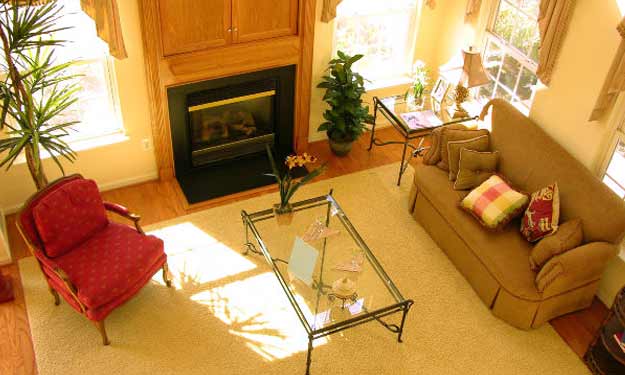How to Get Rid of Clutter

Getting Rid of Clutter in Your Home.
How to Remove Clutter in Your Home
Clutter can easily pile up, whether from a busy lifestyle, sentimental attachments, or simply not knowing where to start. If you’re staring at an overwhelming mess, don’t worry – you’re not alone. Decluttering takes time, but with the right approach, you can reclaim your space and keep it organized so it’s important to know how to get rid of clutter and keep the house clutter-free.
Step 1: How to Get Rid of Clutter – Make a Plan
When learning how to get rid of clutter it can be most effective when tackled in sections. Breaking the job into manageable areas helps keep you motivated and ensures quicker progress.
- Decide which area to tackle first (drawers, cabinets, closets, or entire rooms).
- Consider whether you’ll need help or prefer to work alone.
- Set realistic goals – don’t start a four-hour project if you only have two hours available.
Step 2: Set a Date and Time
- Schedule decluttering sessions on your calendar to stay accountable.
- Minimize distractions – turn off notifications, ask family members to help or give you space.
- Set a deadline for completion (an afternoon, a day, a weekend).
Step 3: Gather Your Supplies
Being prepared keeps you focused and prevents unnecessary delays. Before you start, have these items on hand:
- Trash bags
- Storage bins or boxes (for donations, recyclables, and items to keep)
- Cleaning supplies
- Labels and markers
Step 4: Sort Items into Categories
Go through each item honestly and assign it to one of these five groups:
Trash It
- Broken, expired, or unusable items should go straight in the trash.
- Check for expired food, outdated pantry staples, and unused toiletries.
- If you haven’t used it in years and it’s beyond repair, it’s time to let it go.
Recycle It
- Old newspapers, magazines, and unnecessary paper clutter can be recycled.
- If you often look up recipes or ideas online, you probably don’t need stacks of magazines.
Fix It
- If something is valuable and repairable, commit to fixing it soon or let it go.
- Don’t keep broken items indefinitely – set a deadline for repairs.
Donate It
- Clothes, shoes, and household items in good condition can benefit others.
- If something doesn’t fit or hasn’t been used in over a year, donate it.
- Re-gift unused presents to someone who will appreciate them.
Keep It (With Purpose)
- Every item you keep should have a designated space.
- If you can’t think of where to put it, reconsider whether you really need it.
Step 5: Avoid Common Decluttering Pitfalls
Decluttering isn’t just about getting rid of things – it’s about overcoming the reasons why we hold onto them. Here’s how to tackle common obstacles:
It Cost a Lot of Money
- Keeping something just because it was expensive doesn’t make it more useful.
- Sell valuable items through consignment or online marketplaces.
Someone Gave It to Me
- Gifts should bring joy, not guilt. If you don’t use or love an item, pass it on.
My Kids Made It
- Sentimental items are important, but you don’t need to keep everything.
- Consider taking photos of children’s artwork instead of keeping piles of paper.
- Limit keepsakes to a single memory box.
I Might Need It Someday
- Be realistic – if you haven’t used it in a year, you probably won’t need it.
- If you’re holding onto an item for a specific part (e.g., a broken vacuum for spare wheels), remove the part and discard the rest.
Step 6: Celebrate Your Progress
Decluttering is a big accomplishment – reward yourself! Whether it’s a relaxing bath, a nice meal, or just enjoying your refreshed space, take a moment to appreciate your hard work. Removing clutter is not a one-time task – it’s a habit.
Stay mindful of what you bring into your home, and commit to regular purging sessions to maintain a clutter-free space. Now that you know how to get rid of clutter, stop procrastinating and start reclaiming your home!






